One of the many challenges window and door manufacturers face, is deciding how to invest in technology that helps them grow and ensure successful integration.
In the beginning the business may only need simple spreadsheets and drawings but as the business grows, their requirements will change. Accounting and estimation software then get introduced. These standalone systems then create extra processes for transferring job information from one system to another, to begin the manufacturing process.
Window and door manufacturers have found that by integrating their stand-alone systems they can automate processes, increase their productivity and allows for business growth. It’s not as scary as it sounds and is packed full of benefits for everyone in the organisation.
Below are four best practise steps to help you manage your system integration successfully and achieve great benefits.
1. Encourage user adoption
User adoption is a key area which infinitely determines the success of an integration project. To overcome resistance and lack of user adoption, it is important to include all your staff on the integration journey from the beginning. Ask their opinion, create open discussions, provide information and training to educate of your staff on the positive outcomes of integration.
Take all the staff on the project journey to encourage user adoption, and sell them on the benefits every step of the way.
2. Review and update your processes
Internal processes will need to be reviewed as the integration project allows standalone systems to transfer data and information. This will ultimately affect teams and the way they work within the business. Mapping out current processes and how these may be streamlined with the automation, will help staff realize the benefits of the integration. This will also increase communication and collaboration between teams and help break down any silos which may exist.
Reviewing and updating processes to complement your suppliers’ processes will also be required to ensure maximum benefit and success. For example, it’s important to include a field for the product code the supplier may use, to enable automated ordering and orders being fulfilled quickly.
3. Conduct a data cleanse
It’s important to conduct a data cleanse for the integration to be successful and to allow for automatic updating of product codes and lead times by you and your suppliers. Using the correct information will allow for automated requests to be actioned and orders to be successfully fulfilled.
Data cleanses can be performed:
- manually, which involves someone checking the data, locating errors and correcting them;
- or using an automated process.
Automation involves using computer software that are programmed with a set of rules and procedures that are determined by the user.
4. Manage the project effectively
A properly defined and managed project will ensure a quality solution is delivered, in agreed cost and within specified schedules. Engaging all parts of the business to document their requirements will assist in scoping the project properly; and this will also assist with getting buy in of the project. Set relevant milestones, realistic costs and dates.
An effectively managed project will deliver a business solution which is in line with the business’ strategy and allows for future business growth.
And what determines successful integration?
User adoption, updating processes, data cleanse and project scope are all vital steps in ensuring your integration project is successful. These key areas will also allow for an integration project which not only deals with the now but also allows for the future, and this will provide your business with a real competitive advantage!
Want to know more about Soft Tech’s premium software solutions for the window and door industry?
Register now for your free demo:

